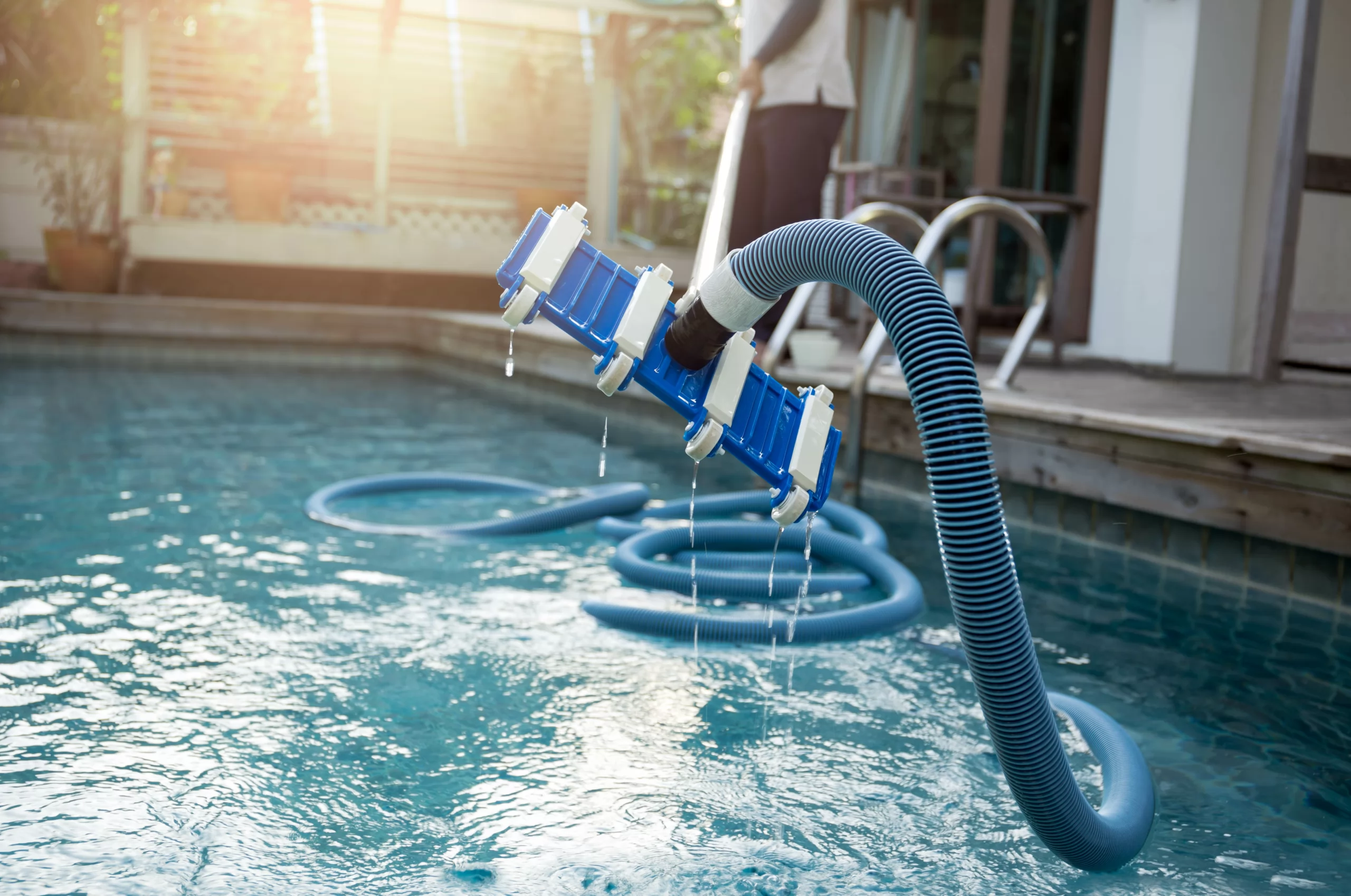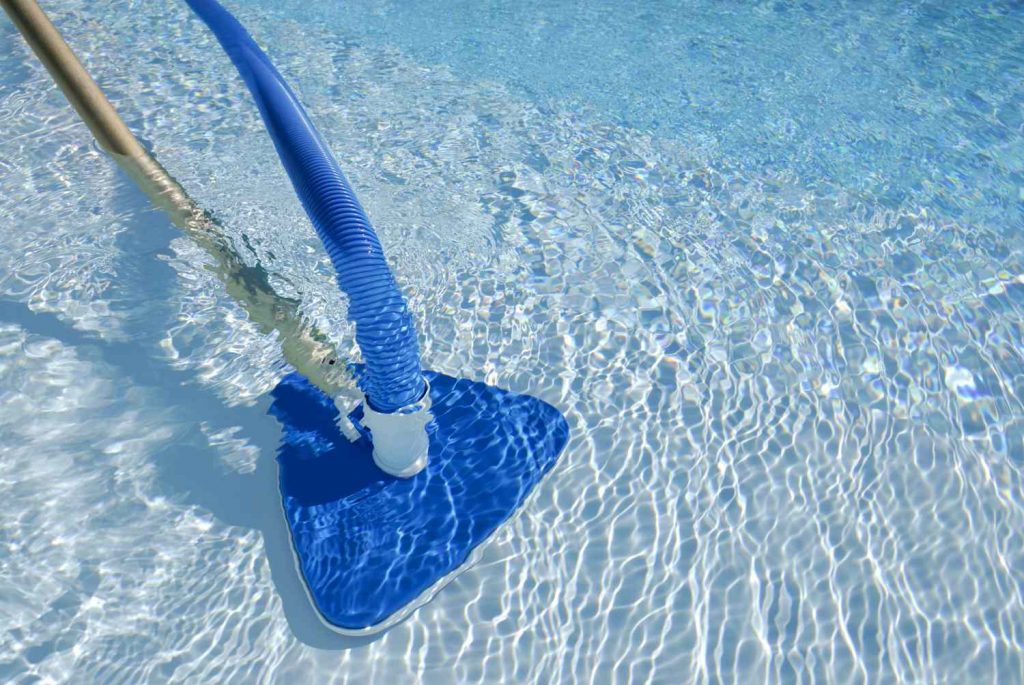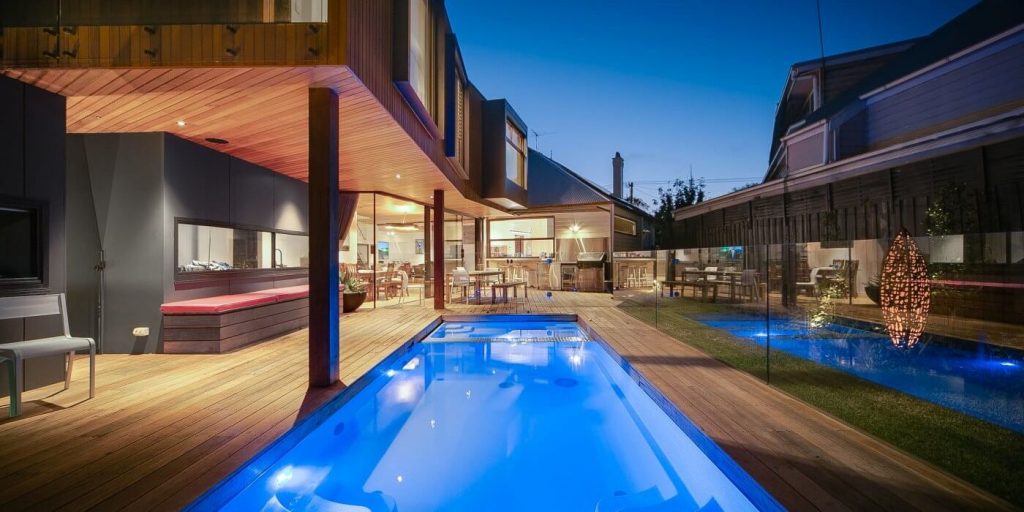
Everything You Need to Know About Cleaning Plunge Pools
Who needs the local swimming pools and spas when you have a plunge pool in your own yard? It’s one of life’s simple pleasures that provides equal relaxation, exercise, and restoration, all of which bring about a rejuvenation of mind, body, and soul – the recipe for a longer lifespan of quality.
Still, to be able to enjoy everything this investment has to offer, you need to get in the habit of properly caring for and maintaining it. Don’t worry, this won’t take up too much of your enjoyment time as the designs of plunge pool Australia retailers have in store are smaller than in-ground pools and as such are a piece of cake to clean – in a matter of minutes, in fact!
So, as a smaller alternative, it’s also a time-saving one and cost-efficient at that. What would take you hours of skimming with the traditional pool model (in which case you’re better off calling in the pros), would come down to several minutes with the plunge model which also requires cheaper solutions and manual cleaning tools.
Contents
How Do You Maintain a Pool When Not in Use?
If you plan on boosting your home’s value with this kind of investment, now is the right time to learn a thing or two about how to properly care for it, given that regular maintenance can go a long way in your relaxation and well-being as you prevent any bacterial outbreaks from stealing your joy.
You’re going to need a few well-selected chemicals, like chlorine, fit for the job as per the manufacturer’s guidelines, and some handy tools like a net, a skimmer, a brush, and a handheld vacuum. If you need more tips and recommendations, in addition to browsing online, the retailer where you buy your plunge pool Australia round can also be of help with this.
In some cases, they may even offer filter clean-ups as well as storm clean-ups, and cleaning services on a weekly and monthly basis. The following are some basic steps you can make when deciding to take the cleaning chore matters into your own hands:
Remove the Debris
A little dirt may not harm anyone but little by little it can accumulate a lot which is a surefire way of getting bacteria overgrowth, to the point of getting an E-coli outbreak. Yikes! Whenever you notice anything that shouldn’t be there, could be tree leaves, rocks, or insects, it’s time to take out the net and put it to good use.

Investing in a skimmer is also advisable if you want to prolong the lifespan of your pool’s filtration system and prevent the debris from making its way, down to the bottom of the filter itself. If you don’t have a cover, then it’s best to do a bit of cleaning with the net and skimmer every day and count on the vacuum for a weekly thorough cleanup once to two times depending on the frequency with which you use the pool.
Brush Away
Scrubbing floors at home may not be everyone’s favourite chore, but when it comes to the plunge pools brushing can come a long way, especially in preventing issues with algae. Yes, bacteria outbreaks aren’t the only problem you can expect to battle, so be sure to pay particular attention to those dark corners of the pool where they would love to settle and brush effectively. Once you’ve covered these you can move to brushing the rest of the surface.
Keep an Eye on the Water
If not maintained properly, that therapeutic water you so long to enjoy can be the cause of health problems along the way. That’s why it’s crucial to check the water regularly, especially the colour and smell, and act accordingly if you notice something’s off. For an even more thorough approach, you can use test strips to know exactly what you’re dealing with, and whether or not the water is suitable for comfortable and relaxing plunges.

Besides checking the water’s chemistry, it’s also helpful to inspect the filtration system to make sure everything’s in order, and there’s no chance of cloudy smelly water outcome. All this is crucial no matter how many times a day or week you use the pool, but the more you do, the more careful you should be.
If you plan on doing a little party, or there’s bad weather coming ahead, then you’re going to have to count on some extra steps and additional treatments. The type of material your pool is made from can also have a say in the frequency and level of cleanliness and maintenance that are required.
Fibreglass designs are low-maintenance because this is a solid and non-porous material virtually resistant to algae, and as such they’re the cheapest to maintain too over time. This comes as opposed to concrete and vinyl-liner that require more cleaning chores. Consider all this before choosing the ideal option for you and your needs.


No Comments